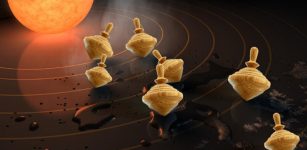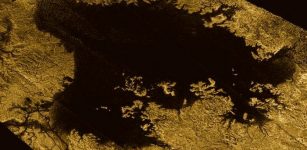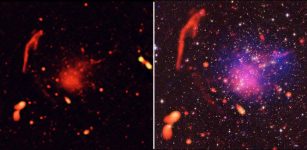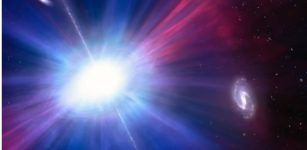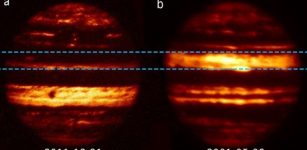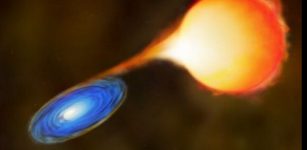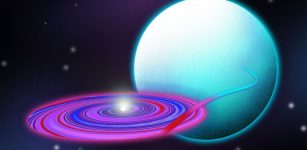Unexpected Discovery Of 15,000 Stars In The Scutum Constellation
Eddie Gonzales Jr. – MessageToEagle.com – Astronomers have discovered a massive star cluster containing at leat 15,000 stars in the Scutum constellation located about seven thousand light-years away from the Sun.
Open clusters are groups of stars which were born together, and move together, bound by gravity. This makes them natural laboratories for studying the physics and the lives of stars. The more stars there are in a cluster, the more useful it is, because the larger sample gives a better chance to find stars in less frequent evolutionary phases.
Region of the sky in which Valparaíso is located 1. Credit: Gabriel Pérez Díaz, SMM (IAC)
This is why astronomers are searching for the most massive clusters in our Galaxy, those with over ten thousand stars. Until twenty years ago it was thought that these are formed only in distant galaxies with exotic properties, but thanks to these searches now we know a dozen very young massive clusters (less than 25 million years old), and a few very old ones (thousands of millions of years old), which are descendants of former young clusters. But there are hardly any massive clusters known with intermediate ages, and it was not clear whether these do not exist, or whether they had not yet been found.
The newly discovered cluster, which they have called Valparaíso 1, is at some seven thousand light years from the sun, and contains at least fifteen thousand stars. Its unexpected discovery, in a well-explored part of the sky, suggests than many other massive clusters might be hidden in the very dense star fields, which observers find when looking towards the center of our Galaxy.
“Valparaíso 1 contains dozens of stars sufficiently bright to be observable through an amateur telescope, but they are lost in the middle of a crowd of stars which don’t belong to the cluster, but which are in front of it or behind it, and which disguise the structure of the cluster”, explains Ignacio Negueruela, a researcher at the University of Alicante and the first author of the article.
“Previous searches tried to locate open clusters, but Valparaíso 1 does not look like a cluster similar to those which we usually find, and that is why it was not discovered before”, says Ricardo Dorda, an IAC researcher who is a co-author of the article.
The cluster was detectable thanks to the Gaia satellite of the European Space Agency (ESA), a space telescope which gives extremely accurate positions and distances of stars quite far away, and with this information we can measure the tiny motions across the sky shown by the stars over the years. Combining all of the information, we can detect clusters as groups of stars, which are at the same distance from us, and move together, groups of stars easier to detect using physics than just by looking at them on the sky.
Written by Eddie Gonzales Jr. MessageToEagle.com Staff



